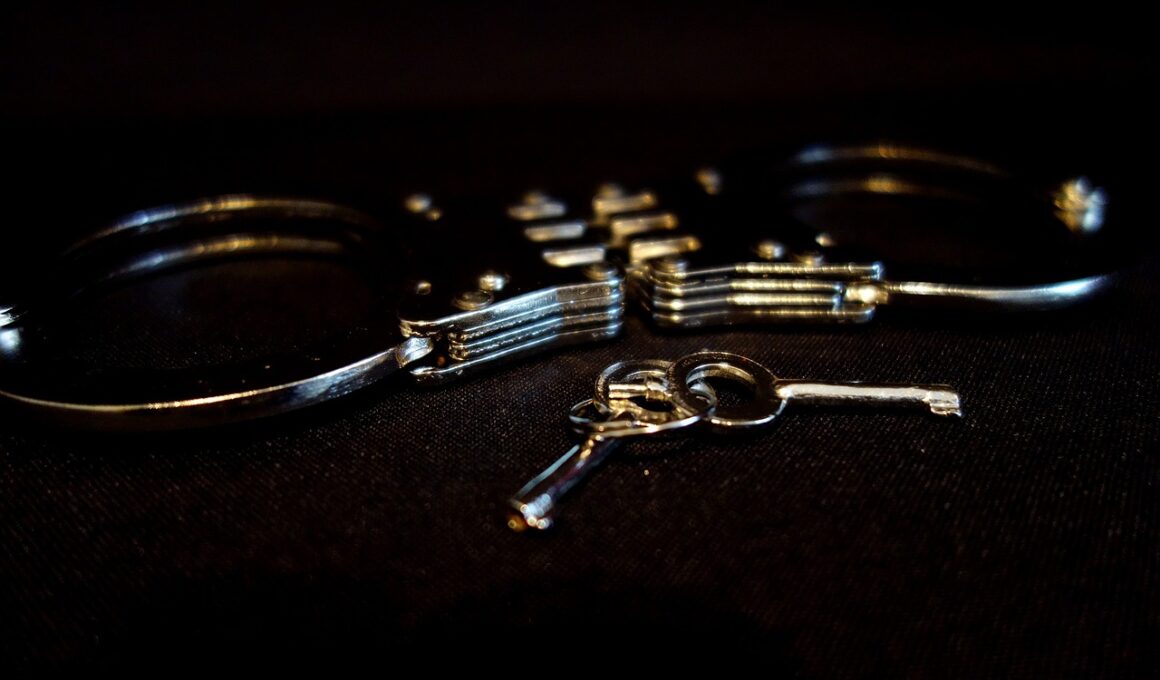Fetishes can be a fun, sexually satisfying part of exploring your personal interests. But they can also be dangerous if you engage in them inappropriately or cause distress to yourself or others.
Therapy can help people learn to enjoy their fetishes in ways that are safe, healthy, and consensual. Therapists can use cognitive-behavioral therapy to identify and modify negative thoughts and behaviors that are contributing to fetish behavior.
1. Think About It
Many people believe that fetishes are inherently harmful, and that they must be eliminated in order to lead a healthy life. However, fetishes and kinks are perfectly normal parts of human sexuality. Moreover, research shows that most fetishes are neither addictive nor damaging to the person who has them. In fact, there are many fetishes that can be used to help overcome trauma or anxiety.
Fetishes can be very complex and are often based on underlying psychological issues such as unresolved trauma or anxiety. In these cases, psychodynamic therapy can help explore the roots of the fetish and use behavioral techniques such as systematic desensitization to reduce distress and increase comfort.
Alternatively, people may seek to find ways to integrate their fetishes into their relationships and sex lives. This can be a great way to promote open and honest communication in a relationship, but it is important to remember that not everyone will be comfortable with this. If a fetish creates sexual compatibility problems in a relationship, then it may be a good idea to consider polyamory or parting ways.
It is also important to remember that while fetishes can be dangerous, they are rarely actually harmful to other people. The harm that occurs is usually self-inflicted, and results from shame or incongruency between the fetish and one’s own values.
2. Talk to a Psychiatrist
A psychiatrist can be a helpful resource for anyone struggling with an addictive fetish. They can provide a safe, nonjudgmental environment for individuals to discuss their sexual urges and find ways to manage them. They may also use a variety of treatment techniques, including cognitive behavioral therapy (CBT), mindfulness, and exposure therapy to help individuals modify their thoughts and behaviors.
Fetishes are not considered disorders unless they cause distress, harm, or violate the rights of others. However, it is essential to seek help if you feel that your fetish is affecting your quality of life in a significant way. If you are in a relationship, be sure to involve your partner in your process by seeking their input and consent. You can always rescind your consent at any time and avoid engaging in activities that you feel uncomfortable or unsafe with.
If you decide to see a psychiatrist, they will likely ask questions about your history and triggers, and teach you different strategies to overcome the addictive urges associated with your fetish. They will encourage you to challenge the negative beliefs that lead to your fetish and find healthier ones instead. Then, they will help you identify other ways to satisfy your sexual needs, such as by exploring your imagination or using other arousal methods. By doing this, you will learn to enjoy your fetish in a healthy and consensual way!
3. Practice Self-Care
Fetishes can be a normal part of an individual’s sexuality, especially when they are consensual and don’t cause distress or harm to the person engaging in them. However, fetishes can become problematic when they involve illicit activity or interfere with relationships. In these cases, treatment is warranted to reduce reliance on the fetish and encourage interest in more acceptable stimuli.
A therapist who specializes in relationships or sexuality may be able to help you work through the issues that are fueling your fetish. In addition, they can also provide you with tools to manage it and keep it from interfering in your day-to-day life. Cognitive-behavioral therapy techniques such as aversion or systematic desensitization are often used to treat fetishes, because they work to delink the fetish object from sexual arousal.
If you’re in a relationship, it’s important to discuss the fetish with your partner. They’ll be able to provide insight into the experience you have with your fetish and help you determine whether or not it’s appropriate for the relationship. If they’re hesitant to talk about it, consider seeking out a sex therapist or relationship counselor who can offer support without judging the behavior.
It’s also important to practice self-care and stay committed to your recovery journey. Make sure to set aside time for healthy activities, avoid triggers, and focus on your progress.
4. Embrace Change
Ultimately, it is possible to overcome a fetish. Getting help is the best way to understand and treat your fetish, as well as to address any associated distress or dysfunction it causes in your life. A therapist can provide a safe and nonjudgmental space to talk about your fetish, allowing you to explore it in a healthy way. This can be a very challenging process, but it can also be very rewarding.
Changing your fetish can be a difficult thing, especially if you have found that your fetish is an important part of your sexual identity. Many people find that it’s easier to make changes in small steps. For example, if you want to start using a certain object in your role play, try doing so only with your partner on specific nights of the week. Eventually, this can become your regular practice.
Another option is to seek out a fetish community, where you can learn about the safe practices of engaging in your fetish. Some fetishes may not be safe for everyone, but with proper education you can safely engage in your fetish without risking harm to yourself or others.
Fetishes are a normal part of human sexuality, and many people find that they increase intimacy in their relationships. However, it’s important to always prioritize consent and safety in any sexual activity. Be sure to communicate openly and honestly with your partner about your fetishes so you can decide together whether it’s appropriate or not.









